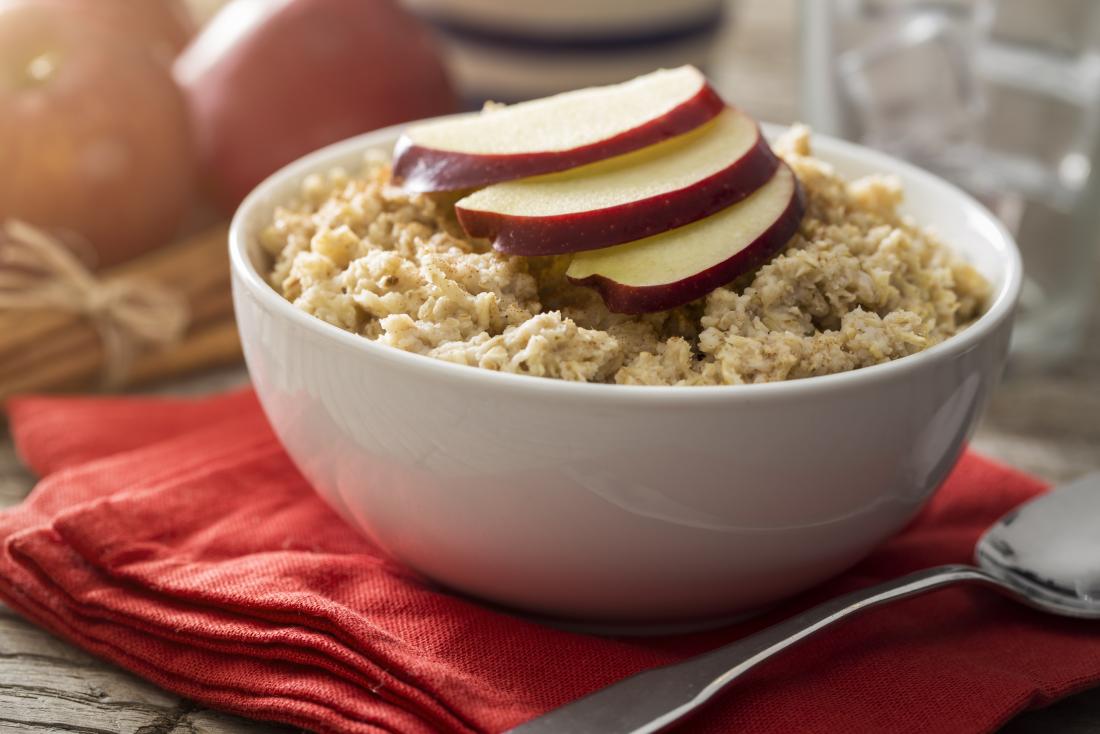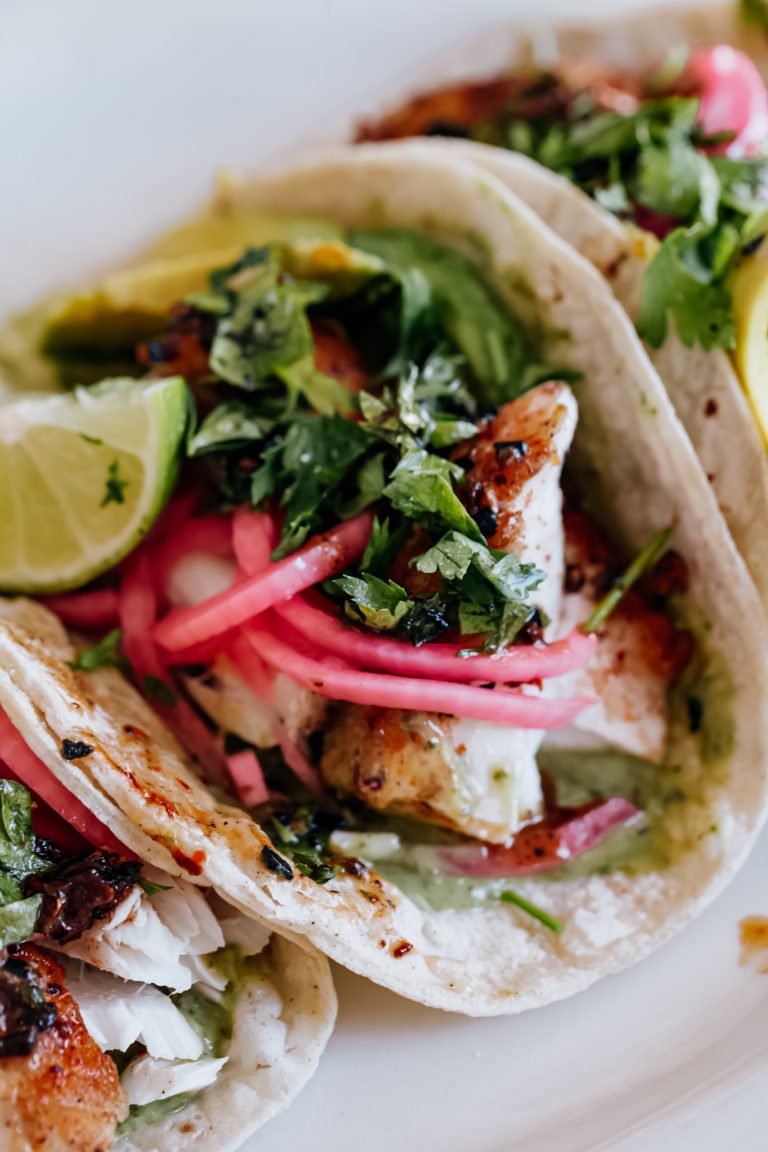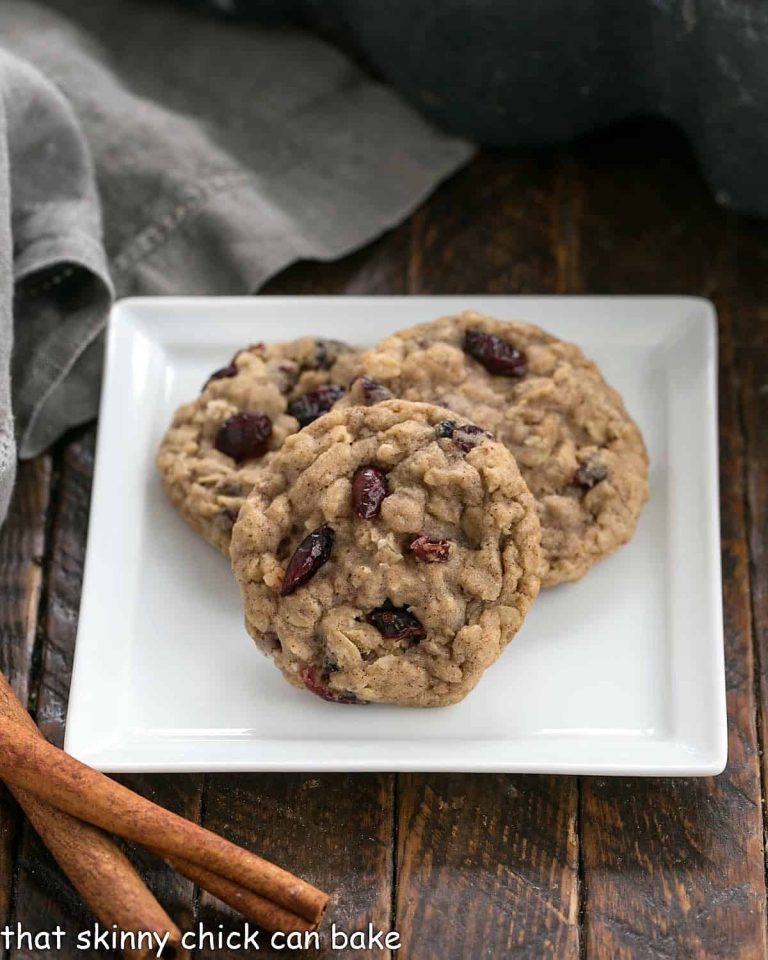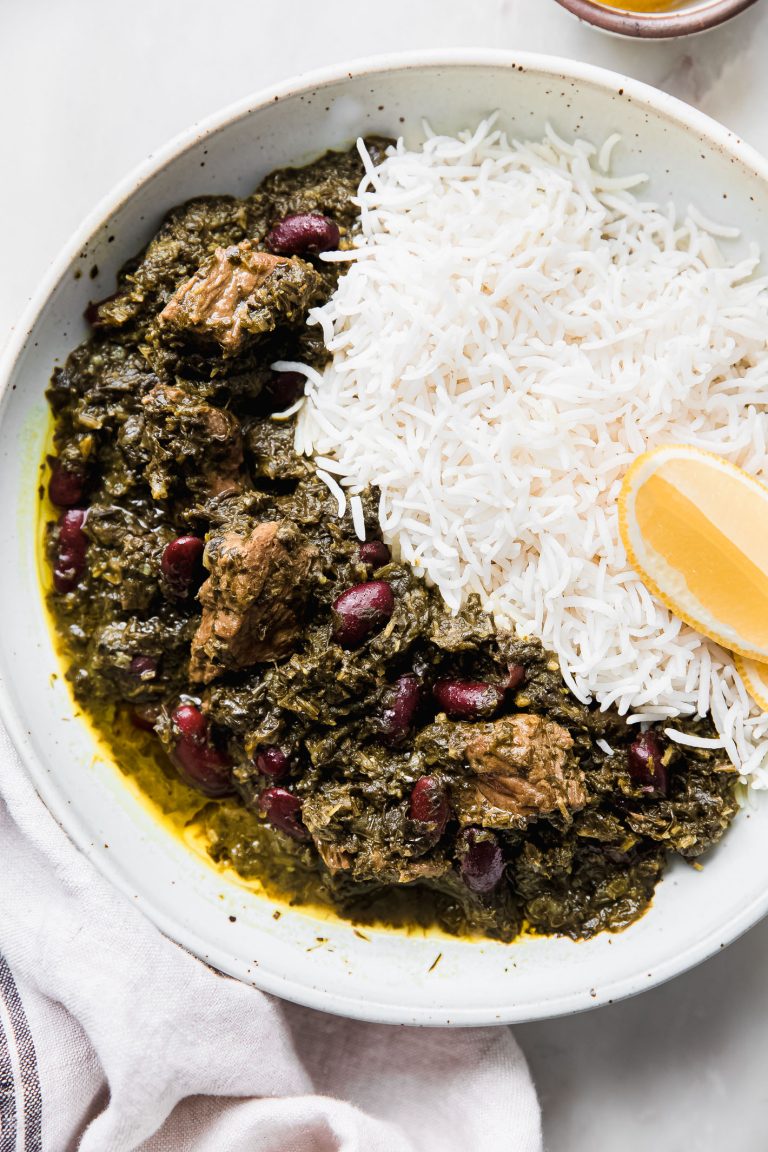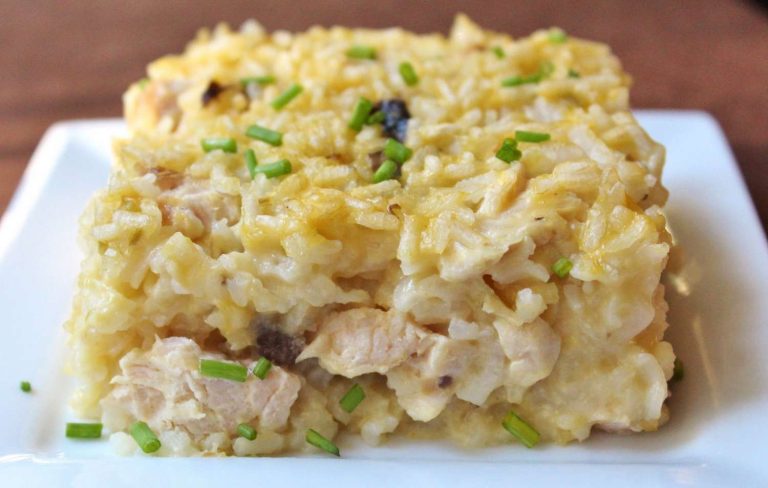Porridge: A Nutritious Meal for Any Time of Day
Porridge has ancient origins, with evidence dating back thousands of years. Early civilizations, such as the Egyptians and Romans, incorporated porridge-like dishes into their diets. In medieval Europe, it was a staple food, often made with barley or oats. Over time, porridge evolved, becoming a beloved breakfast choice in many cultures.
Key Ingredients Typically Used
Porridge’s versatility comes from the variety of grains used. Oats, rice, quinoa, barley, and millet are commonly used. Each grain offers distinct nutritional benefits. Oats, for example, provide fiber and protein. Rice adds essential carbohydrates. Quinoa contributes iron and magnesium. Barley supplies selenium and manganese. Millet contains antioxidants and magnesium.
Health Benefits of Porridge
Nutritional Profile
Porridge offers an excellent nutritional profile. Rich in dietary fiber, oats provide about 4 grams of fiber per 1-cup serving, meeting approximately 14% of your daily fiber intake. Porridge is also a significant source of protein; for instance, quinoa porridge contains around 8 grams of protein per cup. Additionally, it is packed with essential minerals. Most notably, oats contain high levels of magnesium, iron, and zinc. You can get about 150 mg of magnesium from a single serving, covering around 37% of your daily requirement. Moreover, porridge often includes antioxidants like avenanthramides, specific to oats, which possess anti-inflammatory properties.
Impact on Digestive Health
Porridge positively impacts digestive health. The high fiber content promotes healthy bowel movements and reduces constipation. Beta-glucan, a specific fiber in oats, enhances gut health by increasing the growth of beneficial gut bacteria. It also supports satiety, helping you manage weight by keeping you full longer. For those with celiac disease or gluten sensitivity, porridge made from gluten-free grains like rice and quinoa is ideal. By incorporating various grains, you can diversify your nutrient intake and accommodate dietary restrictions, achieving better digestive health.
Popular Porridge Variations Globally
Oatmeal in North America
Oatmeal is a staple breakfast in North America, prepared with rolled or steel-cut oats cooked in water or milk. This porridge variation is known for its creamy texture and versatile flavor profile. You can enhance it with fruits, nuts, sweeteners like honey, and spices such as cinnamon. Its popularity is connected with its convenience and nutritional benefits, including high fiber content, protein, vitamins, and minerals.
Congee in Asia
Congee, a traditional Asian porridge, consists of rice cooked with an abundant amount of water or broth until it reaches a smooth, thick consistency. This porridge is often savory and can be enriched with ingredients like chicken, pork, fish, ginger, scallions, and preserved eggs. Congee is particularly popular in China, Japan, Korea, and Southeast Asian countries. In addition to offering diverse flavors, it provides nutrients from both the rice and accompanying proteins.
Sadza in Africa
Sadza, a staple in many African countries including Zimbabwe and Zambia, is made from ground maize (cornmeal) mixed with water to form a dense, smooth porridge. It is generally served with a variety of sides such as vegetables, meat stews, or fish. This porridge is valued for its simplicity and the energy it provides. Its high carbohydrate content makes it a significant source of energy, while the accompaniments add essential nutrients and flavors.
Cooking Perfect Porridge
Choosing the Right Ingredients
Select whole grains to maximize nutritional benefits. Opt for oats, barley, quinoa, or cornmeal to create a nutritious base for your porridge. Choose gluten-free grains, like rice and quinoa, for those with gluten sensitivities. Utilize fresh, high-quality milk or plant-based alternatives to enhance flavor and texture.
Consider adding functional ingredients to elevate the nutrient profile:
- Nuts: Almonds, walnuts, and pecans increase protein and healthy fats.
- Fruits: Berries, apples, and bananas boost vitamins and fiber.
- Seeds: Chia, flax, and hemp add essential omega-3 fatty acids.
- Sweeteners: Honey, maple syrup, and agave for natural sweetness.
Techniques for Different Textures
Achieve a creamy texture by slow-cooking your grains on low heat, stirring frequently to prevent sticking. Use a 2:1 liquid-to-grain ratio for a perfect balance of thickness and creaminess.
For a thicker, more viscous consistency, reduce liquid quantities or simmer your porridge longer. Opt for a 1.5:1 liquid-to-grain ratio and cook uncovered to let excess moisture evaporate.
Create a lighter, more watery porridge by increasing the liquid. Use a 3:1 liquid-to-grain ratio and cover the pot to retain moisture.
Experiment with different cooking methods to find your preferred texture:
- Stovetop: Ideal for hands-on, precise control over cooking stages.
- Slow Cooker: Perfect for overnight cooking, ensuring even, creamy results.
- Microwave: Convenient for quick, single-serving preparations.
Stir in your preferred toppings and mix-ins just before serving for a personalized touch.
Porridge in Different Meals of the Day
Breakfast
Porridge serves as a versatile and nutritious option for breakfast. Oats, barley, and quinoa create a hearty base for various toppings. Fruits, nuts, and seeds boost flavor and nutritional value. You can add honey or maple syrup for sweetness or choose savory options like eggs and avocado. Porridge’s fiber content promotes healthy digestion, making it a great way to start your day.
Lunches and Dinners
Porridge can adapt to lunches and dinners by incorporating different proteins and vegetables. Consider savory options like congee with chicken, pork, or vegetables and season it with soy sauce or sesame oil. In Africa, sadza made from maize offers a fulfilling meal when combined with stews or greens. Barley or rice-based porridges can complement a variety of meat or fish dishes, providing a balanced and satisfying dinner option.
Conclusion
Porridge stands out as a timeless and versatile dish, perfect for any meal of the day. With its rich history and global variations, it offers a unique blend of flavors and nutrients that cater to diverse dietary needs. Whether you prefer the creamy texture of oatmeal, the savory depth of congee, or the simplicity of sadza, porridge provides a nutritious and satisfying option.
By incorporating whole grains and functional ingredients, you can tailor porridge to suit your taste and nutritional requirements. Its high fiber content and essential minerals make it a valuable addition to a balanced diet, promoting digestive health and satiety. Experiment with different grains, toppings, and cooking methods to discover your perfect porridge.
Embrace the versatility and health benefits of porridge, and enjoy creating delicious, wholesome meals that nourish your body and delight your taste buds.
